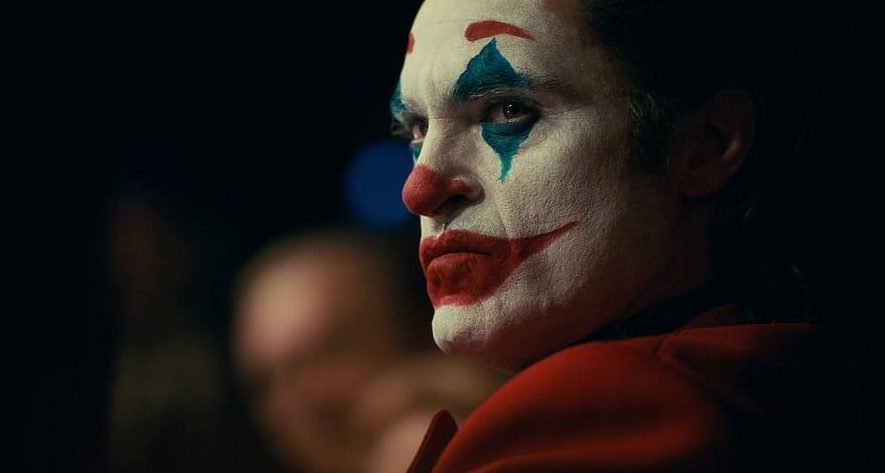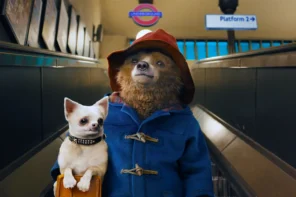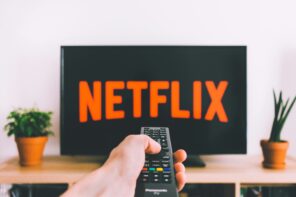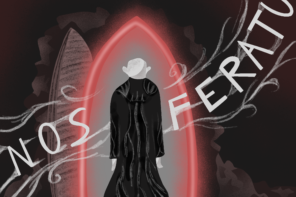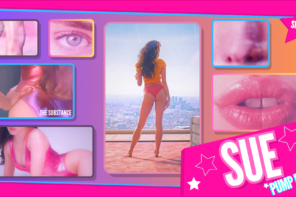As Oscar season approaches, 2019’s Joker is surging back into the news cycle. With 11 nominations, the hype is warranted. However, the conversation currently surrounding Joker is shades different from the media circus that followed this film for most of last year. It began following the release of the first trailer in April and, almost instantaneously, the film became a lightning rod for debate, specifically with regards to its portrayal of extreme violence and its possibly disastrous real-world implications. This drummed up an intense, month-long alarmist media campaign surrounding how violent and dangerous Joker could be. In this article, I ultimately want to highlight how this fear was not only unfounded, but also holds the potential to cause true danger in the real world.
Anyone who even casually followed the news about this movie is likely to have noticed the conscious effort to portray it as dangerous that ran across the board. A quick Google search of Joker reveals headlines like “US Army warns of possible incel shootings at Joker film screening” and “Male rage hits the multiplex”.
The film was called “too terrifying,” prompting US Cinemas to ban bags, face paint and Joker costumes. One article with the deliberately sensational title “2 Men Arrested at Joker Screening at Chicago Movie Theater” conveniently failed to detail that the two men were arrested without incident for smoking and making noise, not stirring violence. The most bewildering accusation aimed against the film, however, was that it was an “incel training manual,” and that it would inspire incels across the world to carry out Joker-inspired attacks.
For some context, incels or “Involuntary Celibates” are a mostly online community of men whose only shared characteristic is their mutual sexual frustration. The community is global, but it congregates online on exclusive chat-rooms and forums, such as (the now banned) forum “incels” on Reddit. Incels believe that society, specifically women, are set out against them. Oftentimes, this manifests in deep seated hatred of both women and sexually active men. For years, the fact that incels primarily congregated online made them seem relatively harmless. That was up until May 2014, when Eliot Rodgers, a self proclaimed incel, attempted to open fire on a UCSB sorority house, killing seven people. Rodgers’ attack inspired further acts of incel violence such as the devastating Toronto van attack in 2018.
It is strikingly clear that the root of the media reaction was never really about the violence.
All this considered, I believe the accusation that the violence in Joker has dangerous implications is meaningless when held under scrutiny. The graphic violence that was said to be “very worrying to families” is a non-issue as the movie is rated R. There have been other graphically violent “superhero” movies released recently (Deadpool), though these never prompted such an exacerbated reaction. It is strikingly clear that the root of the media reaction was never really about the violence.
So, what was it about then?
Joker puts its audience in a very familiar setting. It is easy to picture the film’s violent depictions of civil unrest occurring in the real world, which can create genuine concern. The real sentiments at the core of this are genuine, but the fear of the specific violence in the film is just a symptom of our own societal anxieties.
The real issue lies in degree of media escalation.
Joker itself had not yet even been released before a crystallization of the media’s take developed with breakneck speed. The idea that a film about a marginalized and alienated man deciding to violently rebel against the system would ultimately lead to a wave of copycat attacks was a narrative goldmine for articles, Twitter threads, and think-pieces. The subsequent voracity with which they jumped onto this concept magnified anxiety to the point of panic.
A journalist’s job is to seek out stories, many times before they become public knowledge, and had Joker led to a series of copycat attacks, I wouldn’t be writing this article. But no major events of incel violence have occurred since the film’s release, despite the months of media frenzy telling us that the very act of seeing this movie was dangerous. The media ‘following a story’ is not what we see here. The circus didn’t begin because of any incel-based threats. It began because in the film’s promotion, it was presumed a foreboding headline would attract clicks.
The anti-hero clown is also unemployed, impoverished, and a victim of abuse, but you would be hard pressed to find claims from any media outlets that the film would have led to violent attacks from these groups.
The setting of Joker makes it easy to draw parallels between our world and the film’s fictional Gotham, so making a comparison between the Joker and incel terrorists does not seem like a major leap to make. But it isn’t the only leap you can make. One can imagine any number of people taking the main character’s journey in the film. The anti-hero clown is also unemployed, impoverished, and a victim of abuse, but you would be hard-pressed to find claims from any media outlets that the film would have led to violent attacks from these groups. Yet recent acts of incel violence have inspired the media to latch onto this version of events—that it is the Joker’s inability to score with women which inspires his descent into violence—so this is the interpretation of the film that was immensely popularized.
Media houses are businesses, and creating a stream of interesting content is crucial to their survival. There is nothing wrong with this, in theory. However, in practice, it is simply inevitable that there will not always be a continuous stream of content to keep viewers engaged. This is where films like Joker come in. The familiar yet larger than life scenario Joker offered gave media houses a concept that, though not entirely accurate, seemed grounded enough in reality that they could milk for content. The result was a somewhat feasible story that wound up irresponsibly distorted.
News media bears a responsibility to their viewership to deliver accurate and objective information, but it seems that they’re constantly skirting the edge of this role.
It is telling that in the absence of any threat and on the eve of the Oscars, media outlets have began backpedalling even harder with the film now being billed as ‘stupid’ or ‘shallow.’ Some are even going so far as to say that Joker’s 11 nominations are a good thing because they are “Killing Hollywood’s award bias against comic book movies.” The narrative could not lack more integrity, and it goes to show that a story pursued benignly can evolve into something much further detached from reality. In the end, such stories always end up seeming disingenuous.
Despite the media frenzy, Joker was only one film, and it likely left the minds of its viewers fairly quickly. But this phenomenon is not confined to Joker and large media houses are often its biggest perpetrators. News media bears a responsibility to their viewership to deliver accurate and objective information, but it seems that they’re constantly skirting the edge of this role. In the age of misinformation, credibility is everything, and media houses should prioritize stirring up reliable journalism, not sensationalist fear-mongering.

